

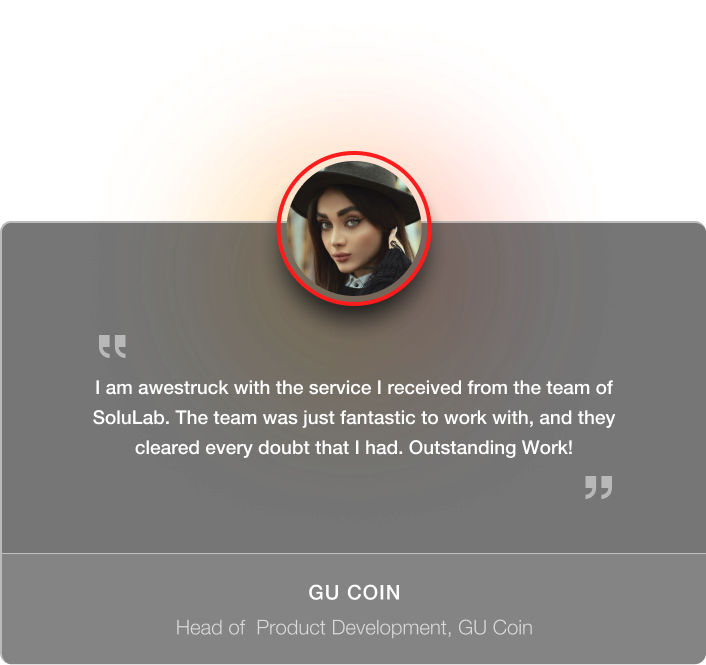
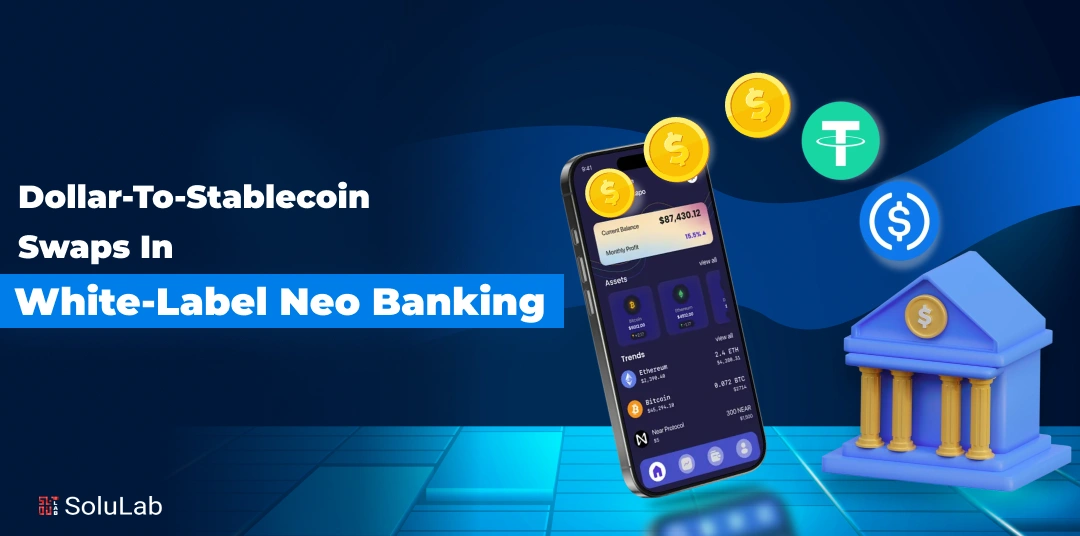
Why Dollar-to-Stablecoin Swaps Are Becoming a Must-Have Feature in White-Label Neo Banking?
Dollar-to-stablecoin swaps help neo banks enable faster, global transactions. Learn why this is essential for white-label banking platforms.
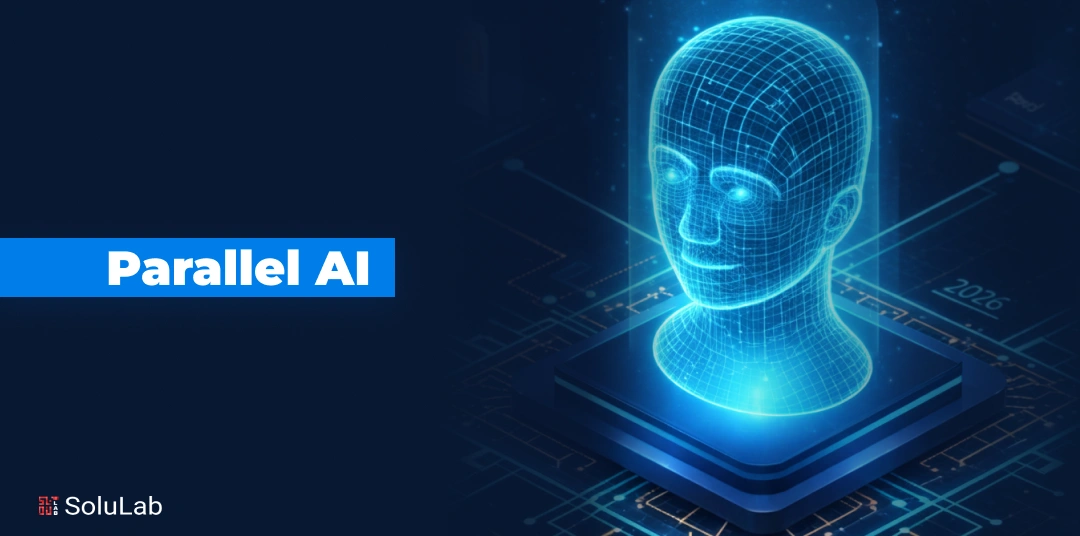
10 Ways Parallel AI Will Transform Business Operations in 2026
Explore 10 ways Parallel AI will transform business operations in 2026, boosting speed, automation, decision-making, and overall growth.
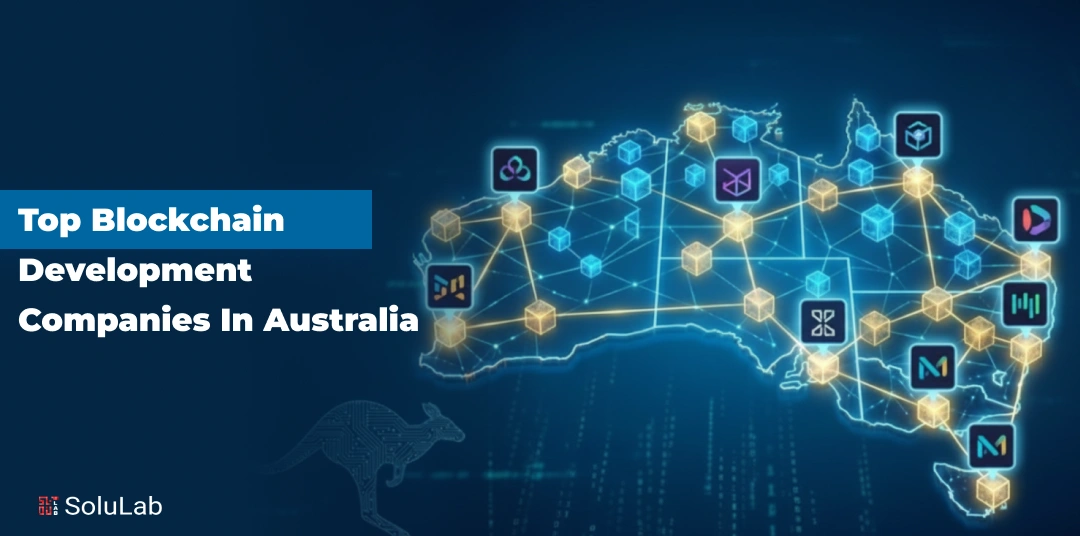
Top 10 Blockchain Development Companies in Australia [2026]
Explore the top 10 blockchain development companies in Australia for 2026. Compare expertise and services to choose the right partner for you.





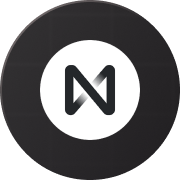


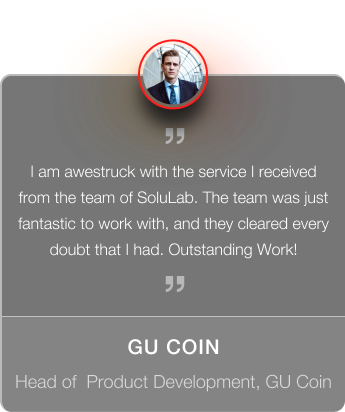
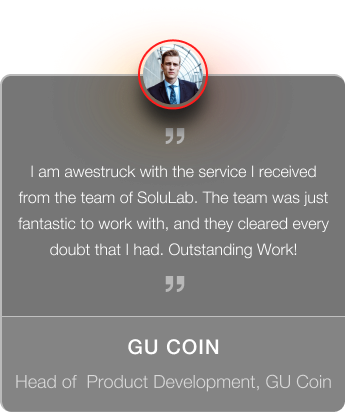

Why Dollar-to-Stablecoin Swaps Are Becoming a Must-Have Feature in White-Label Neo Banking?
Dollar-to-stablecoin swaps help neo banks enable faster, global transactions. Learn why this is essential for white-label banking platforms.

10 Ways Parallel AI Will Transform Business Operations in 2026
Explore 10 ways Parallel AI will transform business operations in 2026, boosting speed, automation, decision-making, and overall growth.

Top 10 Blockchain Development Companies in Australia [2026]
Explore the top 10 blockchain development companies in Australia for 2026. Compare expertise and services to choose the right partner for you.

